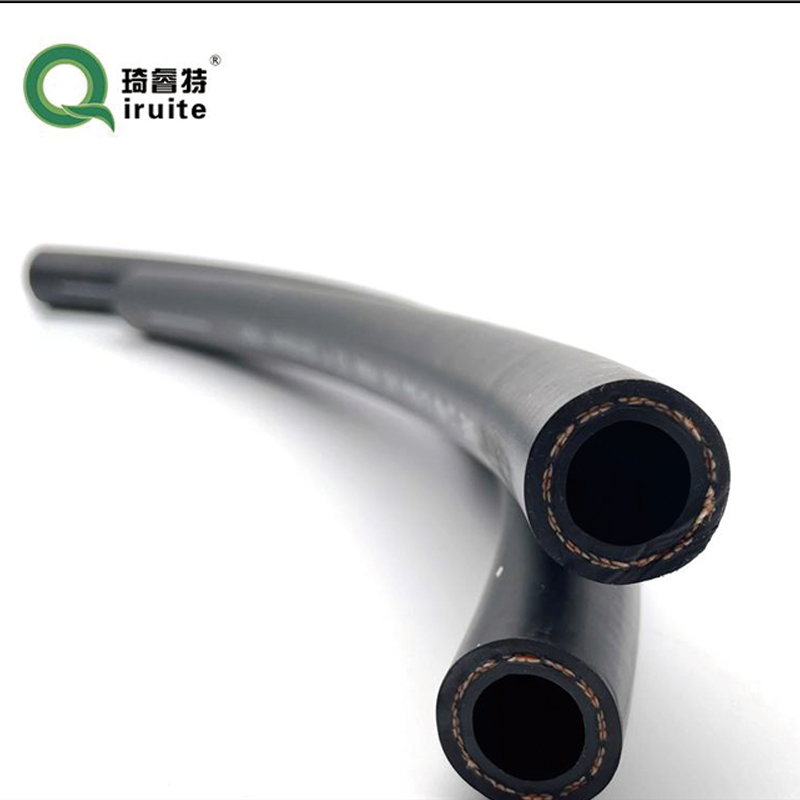Pipe Connection Solutions for Efficient Plumbing and HVAC Systems
Understanding Pipe Coupling A Key Component in Fluid Dynamics
In the world of fluid dynamics, pipe coupling plays a pivotal role in ensuring the seamless transfer of liquids and gases across various systems. Whether in industrial, commercial, or residential settings, the function of coupling cannot be overstated. This article delves into the importance, types, and applications of pipe couplings, illustrating their indispensable role in modern infrastructure.
What is Pipe Coupling?
Pipe coupling refers to the fittings that connect two segments of pipe, allowing them to function as part of a single, continuous system. This connection can be permanent or temporary, depending on the application requirements. Couplings not only facilitate the flow of fluids but also help maintain pressure within the system, prevent leaks, and accommodate changes in direction and size.
Types of Pipe Couplings
There are several types of pipe couplings, each designed for specific purposes and conditions
. The most common types include1. Slip Couplings These are used to connect two pipes of the same diameter. They slide over the pipe ends and can be used for repairing broken pipes or extending existing lines.
2. Compression Couplings Ideal for connecting two dissimilar pipes, these couplings feature a gland that compresses a rubber ring against the pipe, ensuring a tight seal.
pipe coupling

3. Welded Couplings Common in industrial applications, welded couplings provide a permanent bond between two pipes. This strong connection is essential for high-pressure systems but requires specialized equipment and skills.
4. Threaded Couplings These are used to join pipes with male and female threads. They are quick to install and can be easily disassembled, making them popular in plumbing applications.
5. Flanged Couplings Featuring a flat flange on each end, flanged couplings are bolted together, providing a robust connection that can withstand high pressures and is easy to disassemble for maintenance.
Applications of Pipe Couplings
Pipe couplings find applications across a wide range of industries. In residential plumbing, they are essential for connecting various sections of piping in water supply systems. In industrial settings, pipe couplings are critical in oil and gas, chemical processing, and water treatment plants where fluid integrity is paramount.
Couplings are also widely used in HVAC (heating, ventilation, and air conditioning) systems to connect ducts and ensure efficient airflow. Furthermore, in agricultural settings, they play a crucial role in irrigation systems, allowing for flexible and efficient water distribution.
Conclusion
In conclusion, pipe coupling is a fundamental aspect of fluid transport systems. With various types available, each suited to different applications, the importance of selecting the right coupling cannot be overlooked. As industries evolve and demand for efficient fluid management grows, the role of pipe coupling will undoubtedly continue to be pivotal. Understanding the capabilities and limitations of different couplings is essential for engineers, contractors, and maintenance personnel who ensure these systems operate effectively and safely. Thus, investing in quality couplings and proper installation practices can lead to longer-lasting piping systems and reduced maintenance costs.
-
Reliable Brake Line Solutions for Your VehicleNewsJun.05,2025
-
Quick Fix for Leaky Air Conditioning HosesNewsJun.05,2025
-
Powerful Sewer Jetting Solutions for Tough ClogsNewsJun.05,2025
-
Power Steering Hose Problems SolvedNewsJun.05,2025
-
Hose Protectors That Actually WorkNewsJun.05,2025
-
Essential Hose Connectors for Every HomeNewsJun.05,2025

